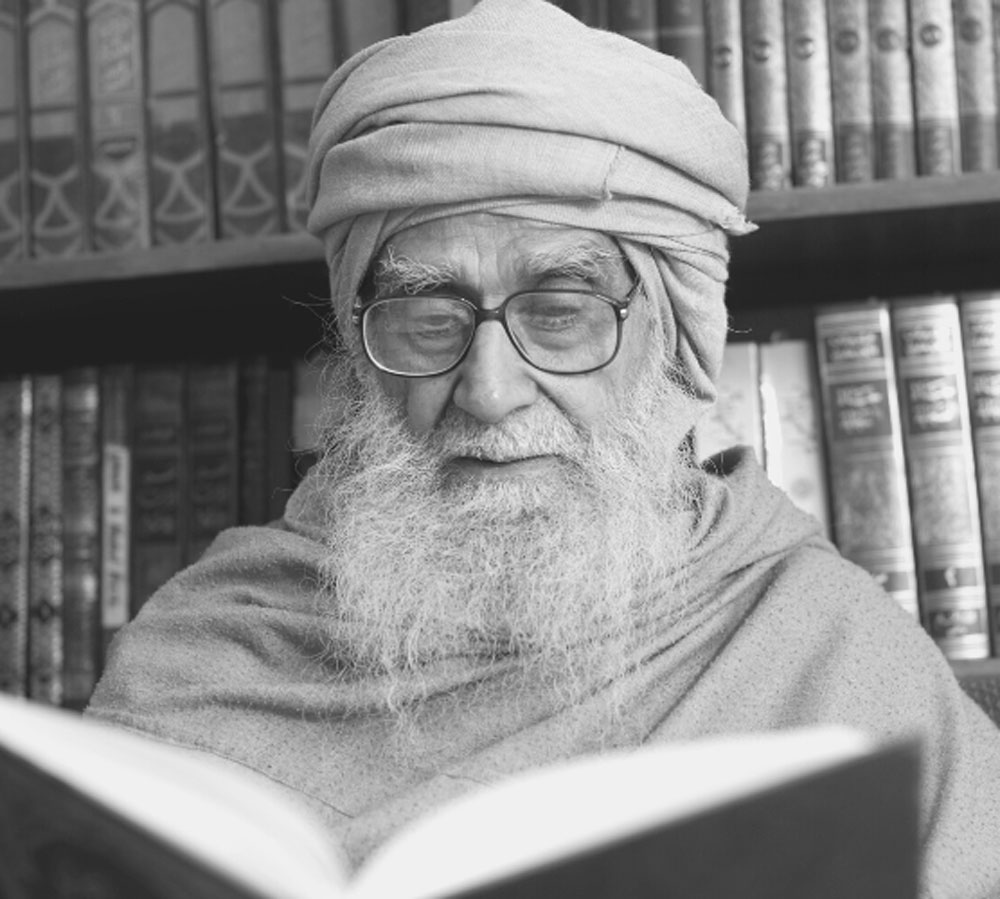NUMERALS
The present system of numerals was first invented in India. That was in an age, however, when all that was traditionally established had come to be regarded as holy, while all that was invented was suspect. As such, this method of writing numerals could not become widely known and continued for a long time to remain hidden in privately owned books. The new invention did not, therefore, gain currency: people clung to the old method, considering it to be holy.
Having learnt that in the recently established Baghdad empire great appreciation was shown for new inventions, an Indian traveller went in 771 to Baghdad, which was then under the rule of the Abbasid Caliph, Al-Mansur. The Indian pandit introduced into Baghdad a treatise on astronomy, a siddhanta (the Arabs called it sind hind) and a treatise on mathematics. By order of Al-Mansur these books were translated into Arabic by Muhammad Ibn-Ibrahim al-Fazari, between 796 and 806. The famous Arab mathema-tician, Al-Khwarizmi (780-850) went through this translation into which the digit zero had been introduced. He found that with the nine Indian figures, I-9, and the zero sign, any number could be written. Calling these the ‘Indian’ numerals, Al Khwarizmi pronounced them the most satisfactory, and advocated their general adoption.
Philip K. Hitti writes:
AI Khwarizmi, writing in the first half of the ninth century, was the exponent of the use of numerals, including the zero, in preference to letters. These numerals he called Hindi, indicating their Indian origin. His work on the Hindu method of calculation was translated into Latin by Adelard of Bath in the twelfth century and as De numero indico has survived, whereas the Arabic original has been lost.
In ancient times Roman numerals were in general use in Europe. In this system, letters were used to express numbers, a method adopted by the Greeks and some other ancient nations, and later by the Romans, who used the seven letters—M.D.C.L.X.V.I—in various combinations. For instance, the figure 88 would be written as LXXXVIII. This was a cumbersome method and made calculation extremely difficult. The Europeans, however, regarded the Roman numerals as holy—a gift from the gods. As a result, they failed to revise their thinking in this matter. Regarding non-holy numerals as holy was the reason they failed to make any progress in science and mathematics for several hundred years. It was the Islamic revolution, which for the first time dispelled the aura of sanctity surrounding the numeral and ushered in the era of scientific progress in Europe.
Leonardo of Pisa was the most distinguished mathematician of the Middle Ages. He helped introduce into mathematics the Hindu-Arabic numerals and the number sequence that bears his name.
Little is known about Leonardo’s life beyond the few facts given in his mathematical writings. It is probable that he was born in Pisa, Italy. During Leonardo’s boyhood, his father, Guglielmo, a Pisan merchant, was appointed consul, or chief magistrate, over the community of Pisan merchants in the North African Port of Bugia (now Bejara, Algeria). Leonardo soon joined him. With a view to future usefulness the father sent his son to study calculation with an Arab master. Leonardo later described his enjoyment in learning the art of the nine Indian figures. Leonardo also travelled to Egypt, Syria, Greece, and Sicily, etc., where he studied different numerical systems and methods of calculation but never found one as satisfactory as the Arabic numerals.
When Leonardo’s Liber abaci first appeared, Arabic numerals were known to only a few European intellectuals through translation of the writings of the ninth century Arab mathematician and astronomer Al-Khwarizmi. Leonardo began his explanation of the notation by observing: “The nine Arabic figures are: 9 8 7 6 5 4 3 2 1. With these nine figures and with the sign 0… any number may be written, as is demonstrated below.” The first seven chapters dealt with the notation, explaining the principle of place value, by which the position of a figure determines whether it is a unit, ten, hundred and so forth, and demonstrating the use of the numerals in arithmetical operations. The techniques were then applied to such practical commercial problems as profit margin, barter, money changing, conversion of weights, partnerships, and interest.
The Liber abaci, which was widely copied and imitated, drew the attention of the Holy Roman Emperor, Frederick II, who was a patron of science. In the year 1220, Leonardo was invited to appear before the Emperor at Pisa, and there he propounded a series of problems, three of which Leonardo presented in his books. The first two belonged to a favourite Arabic type.
Wilfrid Blunt writes:
And supposing the tide of Islam had not been stemmed? Nothing so delayed the advance of science in the West as the clumsiness of the Roman numerals. Had the Arabic numerals, which had reached Baghdad from India towards the end of the eighth century, been soon afterwards introduced into and adopted by Western Europe as a whole, much of that scientific progress which we associate with the Renaissance in Italy might have been achieved several centuries earlier.





